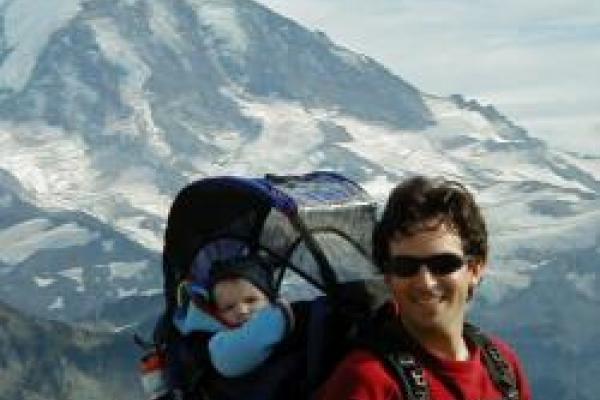
Over the last several decades, theoretical nuclear physics has been evolving from a very-successful phenomenology of the properties of nuclei, to a first-principles derivation of the properties of the visible matter in the Universe from the known underlying theories of Quantum Chromodynamics and Electrodynamics. After a brief motivational introduction, I will present some of the most recent calculations of the simplest nuclear and hypernuclear systems which make use of both lattice QCD and effective field theory methods. These include the first physical predictions of baryon-baryon scattering, the spectrum of the light nuclei and hypernuclei, as well as very recent work which is beginning to illuminate the fine-tunings
that in some sense define the Universe that we live in.
